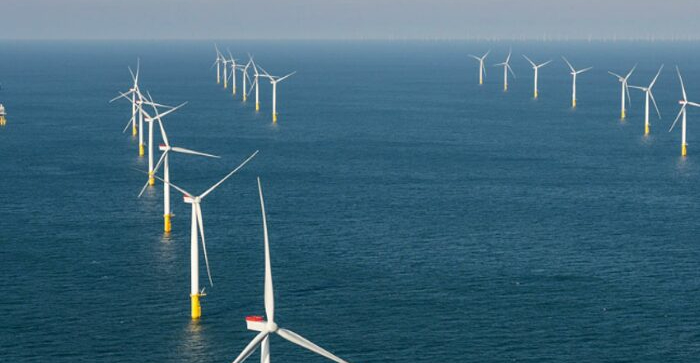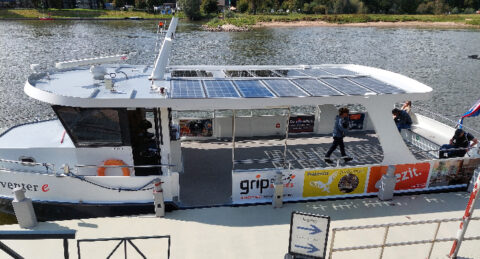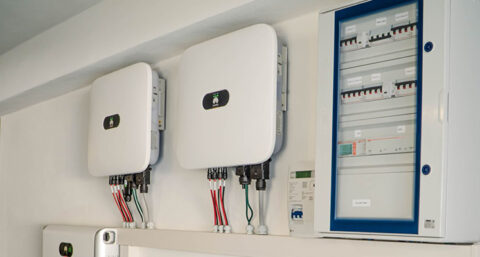Half of the electricity in the Netherlands came from renewable sources in 2023. Most came from biomass and wind energy, but the share of solar energy is increasing, reports Energieopwek. People also used less electricity in 2023. Demand for electricity fell by 5 percent.
The website of Energieopwek shows the growing importance of offshore wind turbines. The platform was created to track the growth of renewable energy. On Dec. 24, 2023, onshore and offshore wind turbines were the most productive.
The Netherlands ranks fifth in Europe when it comes to the total number of solar panels. "Per inhabitant, the Netherlands is even in the lead," said Energieopwek. "At the start of the Energy Agreement, no one thought that was possible." Solar energy production peaked on June 13. Then enough was generated for 40 percent of the Netherlands' electricity demand. The low point was on Dec. 19.
Sometimes more renewable power was generated than was needed or could be exported. Thus, there were already 308 hours of negative prices this year, with users "getting money if they used power at that time." Some more hours are expected to be added this weekend.
The share of biomass remained about the same compared to other years. Earlier this year, Energieopwek reported that for the first time in the month of May, more energy was produced by solar panels than by biomass. This was unprecedented. Views differ widely on the degree of sustainability of biomass. Because of the drawbacks, the government has decided not to give new subsidies for burning biomass to generate electricity.
By 2023, 13 percent more renewable energy will be produced than last year. This includes not only energy for electricity but also for transport and for heat in buildings and industry, for example. In total, the share of renewable energy is now almost 17 percent, which means that the goal from the Energy Agreement for this year has been met, Energieopwek reports.











